Proper Soaking of Pepper Seeds
The qualitative and quantitative indicator of the yield of any agricultural crop depends on how carefully the seeds are prepared for the upcoming sowing. This process is quite troublesome, since it can include many stages: calibration, disinfection, heating, pelleting, germination, hardening, bubbling and stratification. The list is quite extensive, but we will only consider the process of soaking the seeds of the most common crop - pepper.
Content:
- Why are pepper seeds soaked?
- Preparing pepper seeds for soaking
- The preparation is over, we are starting to germinate
Why are pepper seeds soaked?
Many people ask themselves the question for what purpose they carry out soaking of seeds? This is done in order to:
- select from the whole mass those suitable for sowing: if the seed has sprouted, then it is suitable for planting;
- choose the strongest and largest sprouts among the germinated seeds, which will have a good effect on the future seedlings;
- future seedlings were less exposed to diseases.
Soaking the seeds of any crops, including pepper, before landing provides more favorable conditions for their germination.
Imported seeds and hybrids, which are marked F1 on the package, are not subjected to this procedure.
As a rule, such seeds are treated with a special gel containing pesticides. Despite this, some gardeners still soak the seeds of the hybrid pepper, and the pepper grows beautifully. Therefore, do as your instinct tells you. If you decide to experiment, try it, what if your efforts will lead to a good result? Just keep in mind that you cannot sow seeds of varieties and hybrids in one container: the seeds of varietal peppers sprout much faster than hybrid ones.
You need to start the germination process at the end of February or at the very beginning of March. If there is still snow, take it into a container and melt it.
It is best to germinate seeds in melt water, as it has a special "living" structure. Melt water helps to activate biological processes in the seed and stimulates its growth.
Now let's spend preparatory stages, which will help to significantly speed up the sprouting process.
Preparing pepper seeds for soaking
Experienced gardeners are advised to treat the seeds with a solution of potassium permanganate before germination. It will help get rid of harmful microorganisms and some diseases that accumulate in the seeds and begin to manifest themselves during the growth of the plant.
To do this, dilute 1 gram of potassium permanganate in a glass of water and dip the seeds into the resulting solution (it should be slightly pink). After 20-22 minutes, gently drain the water, covering the glass with gauze to keep the seeds in the glass. After that, the seeds should be rinsed and spread out on paper to dry.
Only "home" seeds should be subjected to such a procedure, those that are collected with their own hands. Purchased seed material usually goes on sale already treated with chemicals and it is enough just to soak it in water.
After the seeds have been disinfected, they need to be warmed up by placing them on a windowsill in a sunny place or placing them in water heated to 40 degrees. Some gardeners keep the seeds in a thermos of warm water. Under the influence of higher temperatures, the ability to grow in pepper seeds begins to activate, which significantly increases germination.
The preparation is over, we are starting to germinate
Spread the seeds carefully on the surface of a napkin or gauze folded in several layers and cover on top. Moisten the surface well with water, press lightly and place in some container with a lid. Place this container in a warm place.
Open the lid to air out each day while the seeds are sprouting. The seed germination process will take a long time, so be patient. Different types of pepper germinate at different times, some even need at least 22-25 days.
Containers with seeds are kept in a warm room, where the temperature does not drop below +24 degrees. Do not put on the heater, since the upper earth layer dries out quickly and the delicate root system of the pepper can be damaged. It is better to keep crops on the windowsill on the south side.
Once the seeds have sprouted, you need to transplant them. To do this, use peat tablets or regular plant pots. Be sure to plant the germinated seeds on time, otherwise they will grow into gauze or cotton pad and then it is easy to injure them when transplanting.
Plant sprouted seeds in pre-prepared soil. Take small containers or pots, fill with soil, and carefully plant the sprouted seeds at some distance so that they do not interfere with each other as they grow. Containers with crops should be placed in a place where there is diffused light. Seedlings should be watered periodically, not allowing the topsoil to dry out.
Experienced gardeners note that look after peppergrown from soaked seeds is much easier. Plants are less susceptible to disease, grow better and give a good harvest.



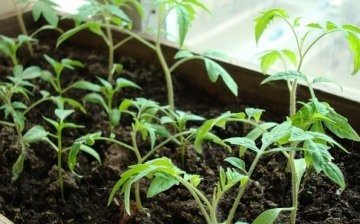
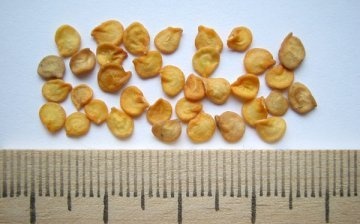
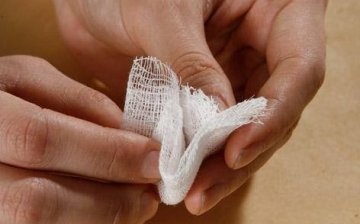
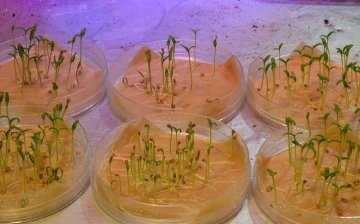




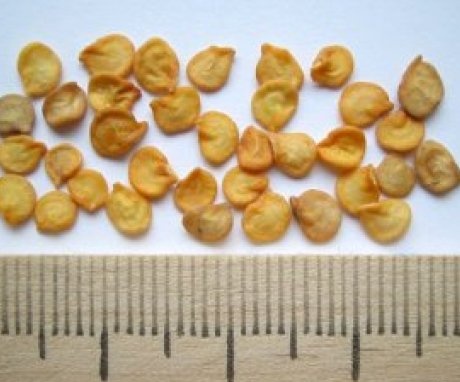
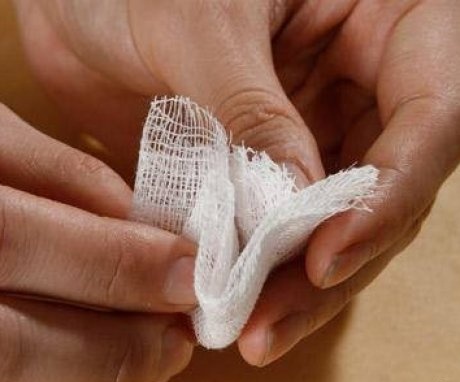
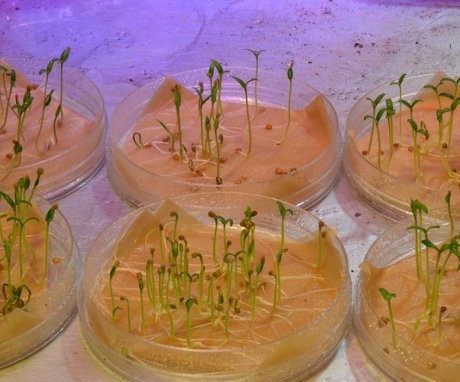
Good germination is given by seeds that, when soaked, are treated with growth biostimulants, such as potato juice, aloe, or honey. I usually use aloe, the juice of which, diluted in water, greatly accelerates seed germination.